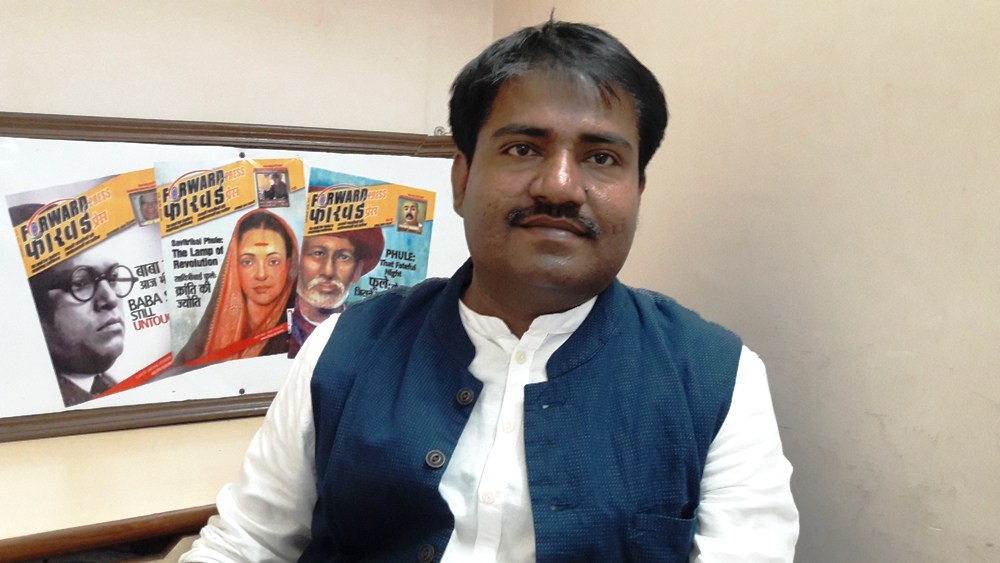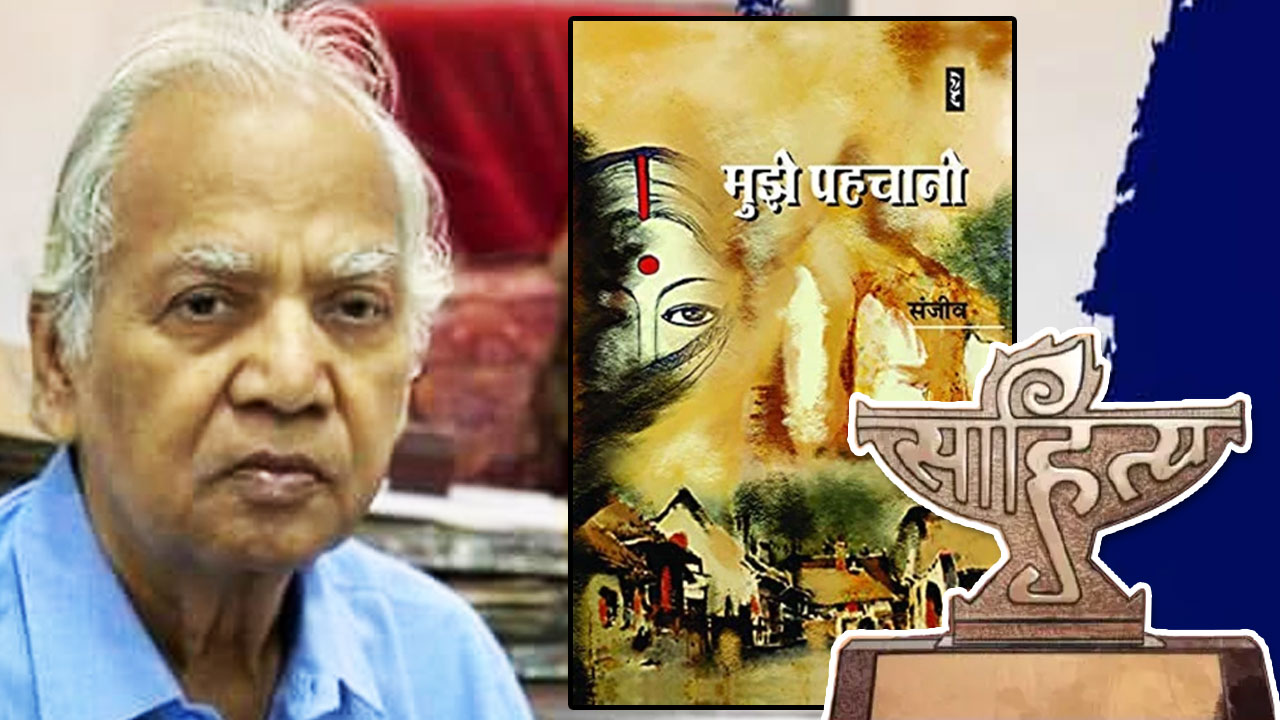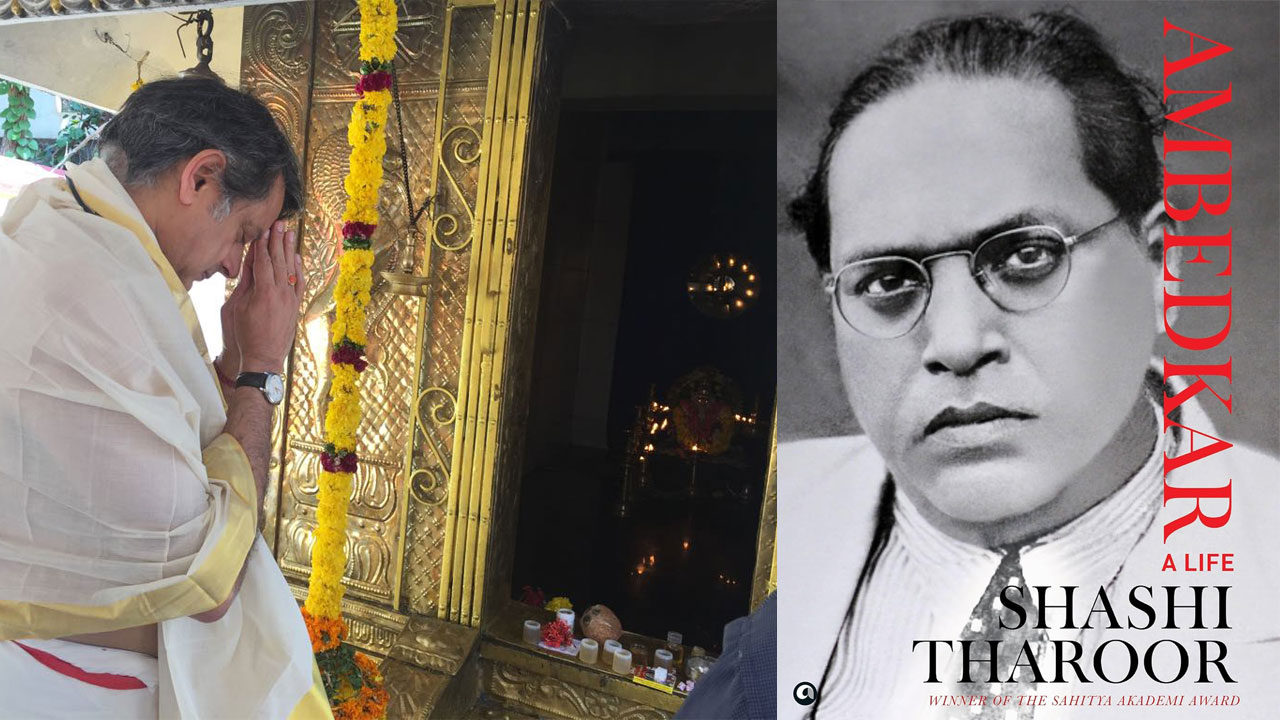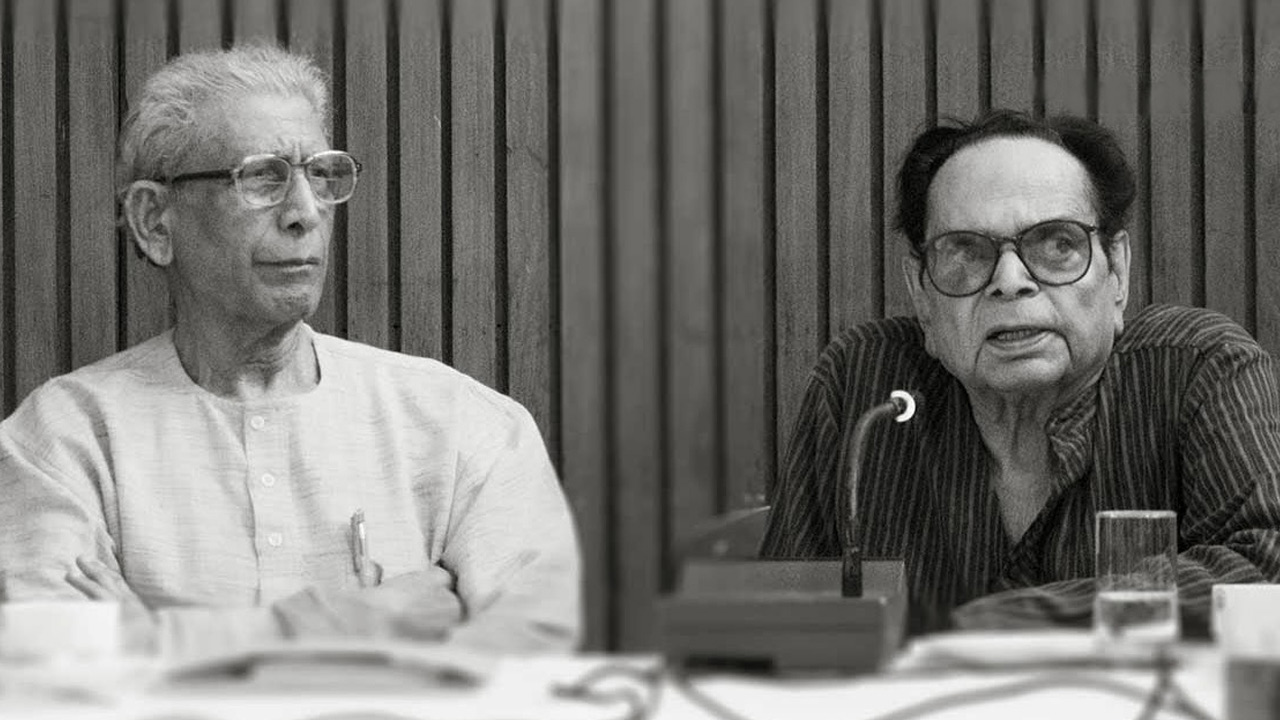Dalit Literature has been confronting mainstream literature on many planes. Dalit critics are making their voice heard, and the canvas of Dalit literary discourse has widened. What course should Dalit Literature take in the present sociopolitical milieu? Dr Rajesh Paswan, an associate professor of Hindi at the Jawaharlal Nehru University, New Delhi, discussed these matters in an interview with FORWARD Press. This is the first instalment:
It is often said that when compared to mainstream literature, Dalit Literature is weak in terms of aesthetics and craft. Is that so?
Literature, by definition, involves the interests of everyone. Literature does have an artistic side, which includes craft, similes, metaphors and so on. On the social side, it should speak to everyone. Literature’s aesthetics enhance its beauty, but its social component makes it complete. This is true of all literature, whether mainstream literature, Hindi literature or Dalit Literature. At the level of sensitivity, Dalit Literature underlines the idea that literature should serve the interests of everyone, and that includes Dalits, women, transgender persons, minorities and Adivasis. They all are a part of society.
It is said that literature mirrors society, that is, what happens in society is reflected in literature. A mirror faithfully shows whatever is before it. When Dalits, women, minorities and others are a part of society, their image ought to be present in literature.
As far as aesthetic is concerned, it is about aesthetic sense, which varies from one person to another. Some like fair skin, others like dark skin. There are those for whom “black is beautiful”. So, perceptions about beauty vary from person to person. Some like vegetarian food, others like non-vegetarian food.
Hence, there isn’t a permanent idea of beauty that appeals to everyone. For example, in his autobiography, Sharankumar Limbale writes that in school, he was made to sit outside the classroom at the place where other children left their footwear before entering the class. Now, he found the chappals worn by the daughter of the village pradhan very beautiful. This was his aesthetic sense. Since the subject sat outside the classroom, he could only find beauty in what was around him. He did not know what was beautiful inside the classroom, for it was out of bounds for him. So, the places and things to which the Dalits have access, which are part of their life – those places and those things define the limits of their aesthetics. Their aesthetics cannot have any other roots. Experiences of another person cannot become their experience. It is like sympathy versus personal experience. You can love, like, revere only that which is within your reach, or which affects your sensitivity.
The aesthetics of mainstream Hindi literature includes the “rasas”, “alankars”, “chhands” and “bimbs”. Dalit Literature has its own aesthetics. I feel that the priorities and findings of the two are different. Their milieus, their environments are different, therefore their aesthetics are bound to be different. Scholars have discussed this difference in aesthetics. Many books have been written on the aesthetics of Dalit Literature. Now it depends on the preference of the reader, what they consider real, because naturalness is also an aspect of literature. What we are saying, what we are writing about – how natural it is. It often said of Dalit Literature that it is about personal experience, which, any day, is better than sympathy. What we learn from others and what we experience ourselves – of the two, the latter is always more authentic.
The writings and findings of Dalit authors based on their own experience seems to be more authentic in comparison to the findings of others, or can we say, to the writings based on scriptural norms.

Looking at Dalit Literature, the genre of autobiographical writings seems to be the most important. You referred to the autobiography of Sharankumar Limbale. Then there is Omprakash Valmiki’s ‘Joothan’ and Tulsiram’s ‘Murdahiya’. How do you view this trend of writing autobiographies? Do you see room for change or improvement?
Yes, there is every scope for change. But let’s answer the first question first. In 1997, I had done my MPhil on the autobiographies of Dalit writers. At the time, Valmiki’s Joothan had just been published, and my thesis was on “Dalit self-expression and Joothan”. I had arrived at a string of conclusions. One of them was that these autobiographies are like rock inscriptions bearing the history of Dalits. Writing history involves zeroing in on past events surrounding the subject concerned. These autobiographies are authentic, they are genuine, and they are alive. There is no written account of the history of Dalits. Whatever exists is only oral. The elderly narrated things to the next generation, which were passed on to the subsequent generations. Very little has been written on Dalit society. Against this backdrop, given their authenticity, these autobiographies make up history that is alive. I feel that these autobiographies are important not only in the context of Dalit Literature but also for anthropological study. They tell us about the society of the times when they were written, about the level of education, and the financial situation of the Dalits. We often talk about the human development index. These autobiographies tell us where the Dalits stood in terms of such indices, their lifestyle, what they ate, what kind of behaviour they were subjected to in schools, what they had put up with at their workplaces and so on. These autobiographies are genuine, authentic documents to study all of this. No one can say that these accounts are untrue, for their writers are still around, and the kinds of incidents they have narrated are still reported by newspapers and other media.
I feel these autobiographies will help us in writing the history of Dalits. But at the same time, in my view, the writers of these autobiographies could have skipped some details. Of course, what they have written are bitter truths, but there are some bitter truths which are better overlooked. I think that at times, these works do break the morale of Dalit youth. There is no denying the fact that the Dalits were subjected to untold atrocities, they were enslaved and that their women were treated in a most inhuman manner. That is a sad chapter. But these incidents could have been just hinted at. A detailed description, as has been done in some autobiographies, especially with regard to Dalit women, could have been avoided. I feel that when we are trying to present an ideal, we should also say some things that can boost the morale of our readers. This struggle is for everyone. So, this element of struggle should be there in the autobiographies. Yes, these books have benefited the Dalit community. No other section of society has had to struggle as much as the Dalits. But the struggle of these autobiographers fetched them good positions in life. Some are professors in universities, others are officers. So, those reading them feel that they can also achieve these things. Whatever I am facing – poverty, humiliation and deprivation – despite it all, I can become a vice-chancellor, an officer, a university professor. So, in one sense, these autobiographies boost the morale of the present generation. That is what I feel.
Another truth is that while those who write these autobiographies have achieved something after their struggle, there are many more who fall by the wayside. Those who lost out don’t write autobiographies, only the successful do. The autobiographies of the successful inspire those caught up in the struggle. In this sense, autobiographies are serving a good purpose.
(Translated from the original Hindi by Amrish Herdenia)
Continued here





